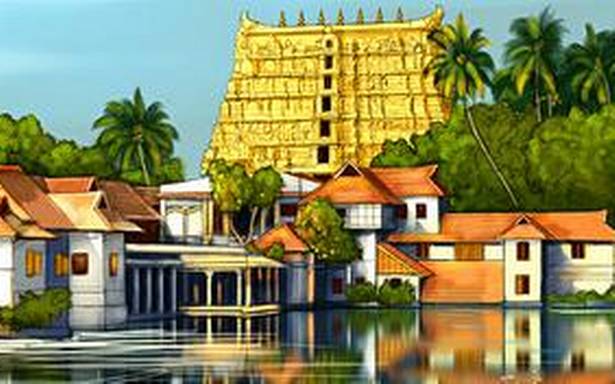In 1817 the British agent in Travancore reported to his bosses an anxiety the royal house entertained about some of its subjects. The incumbent Rani wished to visit some northern districts but was informed that people in these parts held “feelings of resentment and hostility against the reigning family”.
As Colonel Munro explained, this hatred for the dynasty ruling from Thiruvananthapuram apparently stemmed from the fact that these lands were conquered only a few decades before, after which they were long held “by the most cruel and rigorous exercise of despotic power”.
As it happened, then, he escorted the Rani on her tour to the area, finding in the process, however, that her fears were overstated: people flocked to see the royals, revealing, he wrote, an “attachment, zeal, and devotion, bordering upon idolatry”.
While Munro tried to spin this as a consequence of the state’s alliance with the British, in reality the Rani owed her near-divine status to a shrewd ancestor. Martanda Varma, heir to a political backwater in what is now Tamil Nadu’s Kanniyakumari district, had in the 18th century birthed Travancore in fire and blood: dozens of noble houses were destroyed, princely lines were toppled, and conquest upon conquest made.
Aiding him were mercenaries, bribery, a Dutch commander, and English arms. But while he was a sharp strategist, Varma was denied legitimacy in subjugated territories. Many were surprised when he conquered even a state under Brahmin rule — given Hindu soldiers’ refusal to fight here, Varma carted in Muslims and Christians. Elsewhere, as his men seized temple property, local priests beat them with brooms.
So, having forged Travancore and become ruler of south Kerala, the Rajah decided to secure legitimacy. And for this, the Padmanabhaswamy temple was critical.
As a site of worship, it is over 1,000 years old, with origin myths featuring a Dalit woman, a sage, and a divine child. While the area’s rulers were always wedded to the temple, its present splendour is chiefly Martanda Varma’s l

